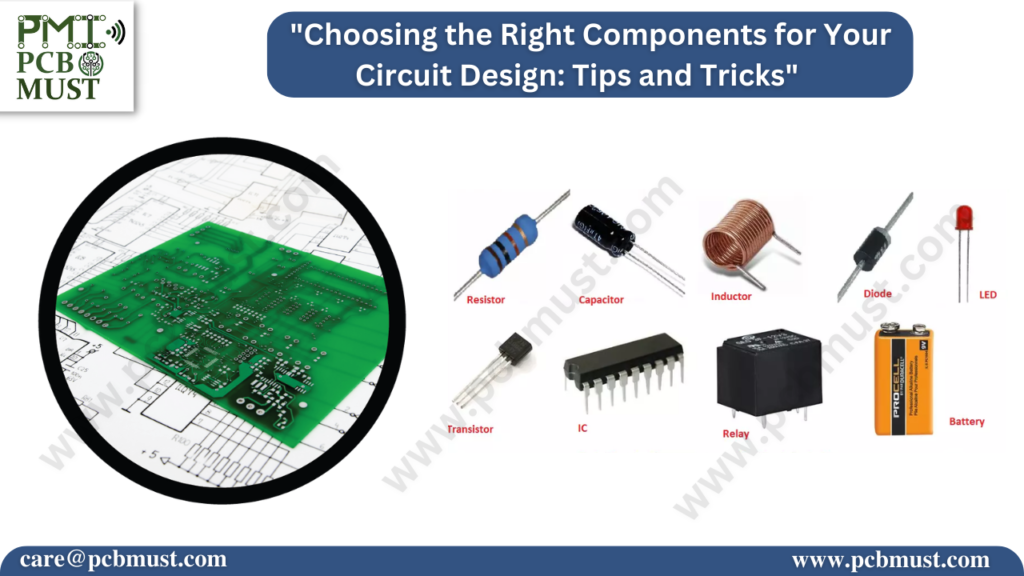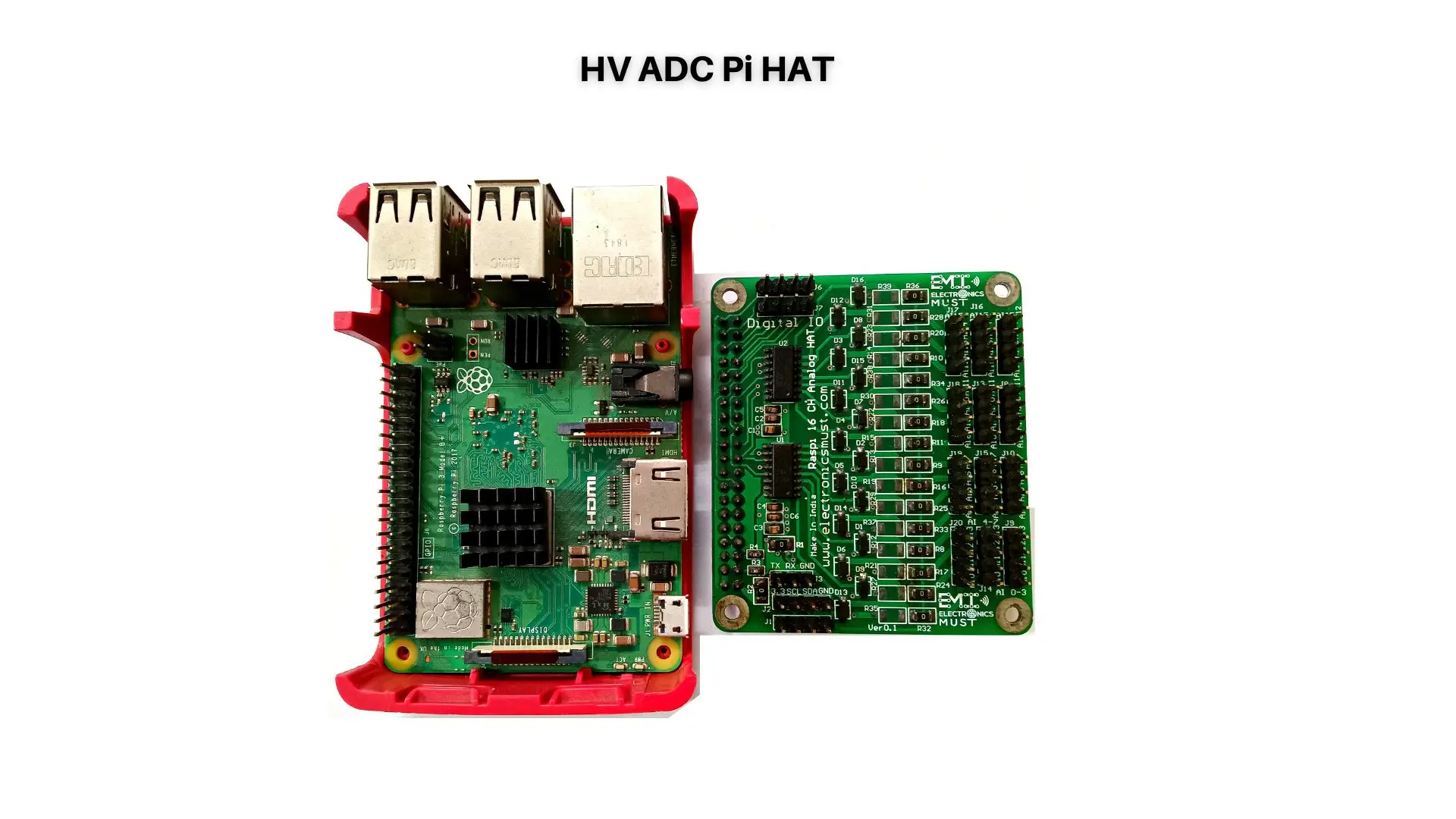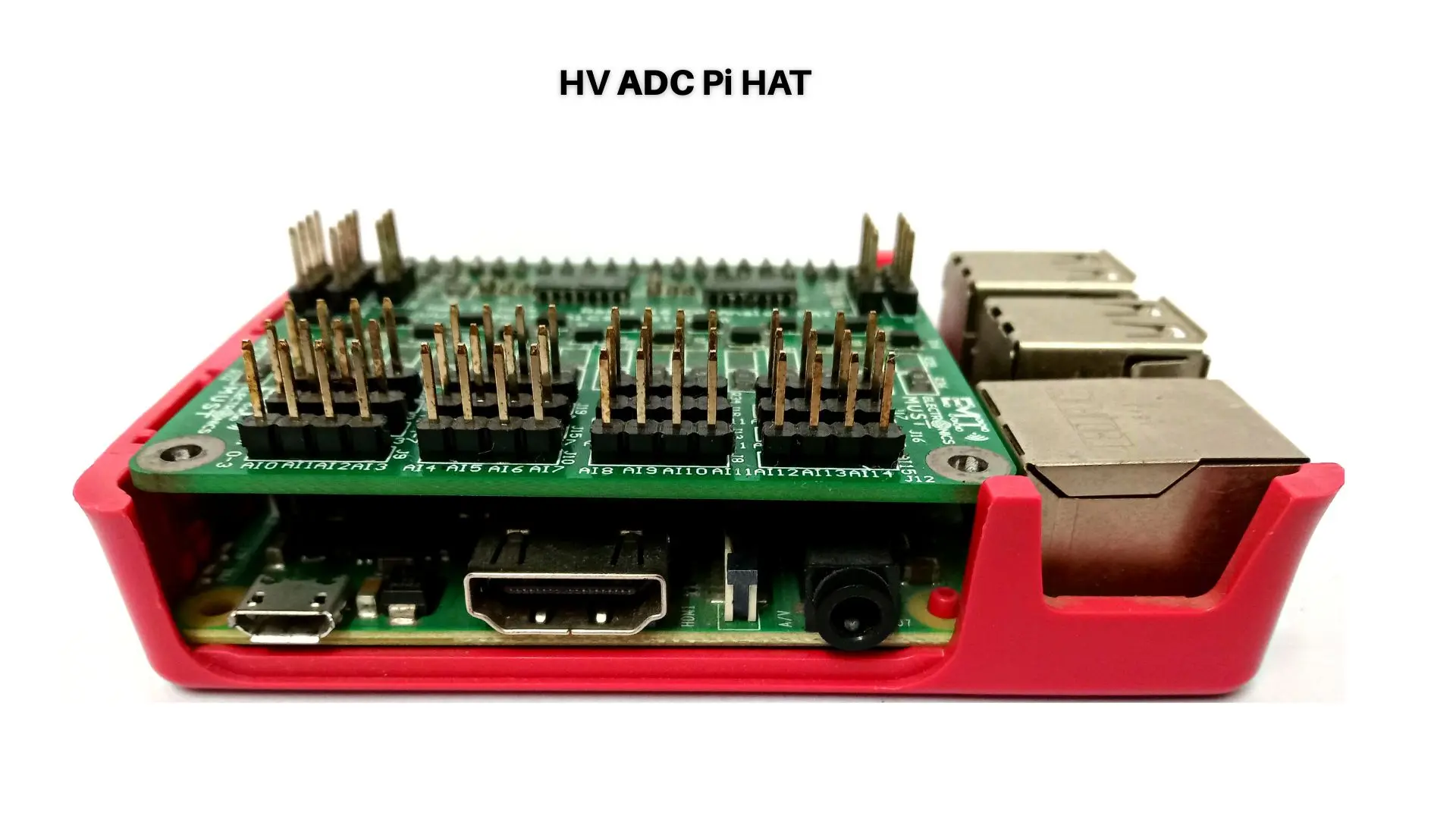Introduction:
In the realm of electronics, where the magic of technology unfolds, lies the intricate dance of components that form the heart of every circuit. Whether you’re designing a simple LED flasher or a complex microcontroller-based system, the components you choose play a pivotal role in shaping the performance, efficiency, and reliability of your design. Navigating the vast landscape of components can be daunting, but armed with the right knowledge and strategies, you can wield this power to create circuits that not only meet but exceed expectations. In this comprehensive guide, we will dive deep into the art and science of selecting the right components for your circuit design. From understanding the benefits of strategic choices to considering a multitude of factors that influence your decisions, we’ll equip you with a comprehensive toolkit of tips and tricks to ensure your success.
Benefits of Choosing the Right Components:
1. Optimal Circuit Performance: Selecting the appropriate components ensures that your circuit performs at its best. By tailoring each component to meet specific requirements, you can achieve optimal performance in terms of speed, accuracy, and efficiency.
2. Resource Efficiency and Cost Savings: Thoughtfully chosen components prevent overengineering, leading to efficient use of resources and cost savings. You’ll avoid unnecessary expenses while achieving the desired functionality.
3. Mitigation of Issues: The right components can help mitigate issues such as noise, interference, and signal distortion. Proper choices contribute to the stability and reliability of your circuit design, ensuring smooth operation.
4. Enhanced Longevity and Reliability: Components chosen based on their characteristics are more likely to withstand stress and maintain consistent performance over time. This is especially crucial in applications where maintenance is challenging or expensive.
5. Streamlined Prototyping and Testing: When components align with your design’s requirements, the prototyping and testing phases become more manageable. Unforeseen surprises are minimized, and the process of identifying and addressing issues becomes more focused.
Other Factors to Consider:
1. Understanding Component Specifications: The specifications of components—such as resistance, capacitance, voltage ratings, and frequency response—provide critical insights into their behavior. Understanding these specifications helps you match components to your design’s needs.
2. Application-Specific Considerations: Components should align with the intended application of your circuit. Different applications might require components with specific characteristics, such as temperature tolerance, speed, or power handling capacity.
3. Interactions and Compatibility: Components within a circuit interact in complex ways. Ensuring compatibility and minimizing negative interactions is crucial. For example, selecting components with appropriate voltage and current ratings prevents issues related to overload.
4. Physical Size and Form Factor: The physical size and form factor of components impact the overall layout and design of your circuit. Choosing compact components may be essential for space-constrained designs, while larger components might offer benefits like improved heat dissipation.
5. Cost-Performance Trade-offs: Component selection often involves a trade-off between cost and performance. Balancing these factors is key to achieving the desired level of functionality without exceeding budgetary constraints.
6. Scalability and Upgradability: Consider the future scalability and upgradability of your design. Opting for components that allow for easy replacement or expansion can save time and resources when it’s time to modify or improve your design.
7. Availability and Sourcing: Components may vary in terms of availability, especially for long-term production. Assessing the long-term availability of components is essential to avoid potential disruptions in your supply chain.
Tips and Tricks for Effective Component Selection:
1. Begin with Clear Design Objectives: Before delving into component selection, establish clear design objectives. Understand the purpose of your circuit, its required performance parameters, and any constraints you need to work within.
2. Conduct Thorough Research: Research various component options available in the market. Compare specifications, read datasheets, and explore reviews from reliable sources to make well-informed decisions.
3.Create a Comprehensive Component Library: Develop a library of commonly used components, complete with their specifications. This library can serve as a valuable reference for future designs and streamline your selection process.
4. Leverage Simulation and Modeling: Utilize circuit simulation software to model and analyze your design before physical implementation. Simulation helps you predict circuit behavior, identify potential issues, and optimize your design iteratively.
5. Consult Experts and Communities: Don’t hesitate to seek advice from experienced designers or online communities. Engaging with experts can provide valuable insights and solutions you might not have considered.
6. Prototype and Test Rigorously: Construct prototypes using the selected components and subject them to rigorous testing. Iterative testing allows you to uncover unforeseen challenges and refine your design to achieve optimal performance.
7. Stay Current with Technological Advances: The field of electronics is constantly evolving. Stay updated on the latest component advancements to leverage cutting-edge technology and stay competitive in your designs.
Conclusion:
Choosing the right components for your circuit design is a profound endeavor that blends technical expertise with creative insight. Every component you select contributes to the intricate web of your design, influencing its behavior and determining its success. The art lies in understanding the benefits of strategic choices, considering the myriad factors that shape your decisions, and utilizing a toolbox of tips and tricks to navigate this intricate process.
As you embark on your journey as a circuit designer, remember that mastery is a continuous learning experience. Embrace challenges as opportunities, and celebrate the victories and lessons that each design brings. With every component carefully chosen, you’re not just crafting circuits—you’re shaping the landscape of technology itself.
In the symphony of electronics, where components harmonize to create the melodies of innovation, your role as a conductor is crucial. By mastering the art of component selection, you’re weaving threads of creativity and engineering prowess into circuits that have the potential to change the world. So, embrace the complexity, wield the knowledge, and create designs that stand as testaments to your ingenuity. The path to excellence awaits, and with each component you choose, you’re one step closer to orchestrating greatness.






